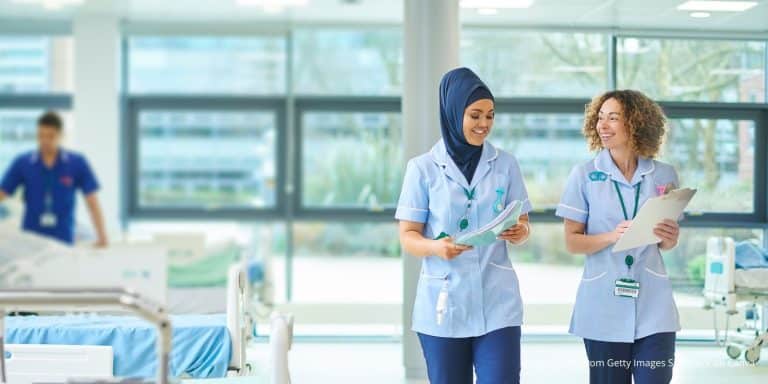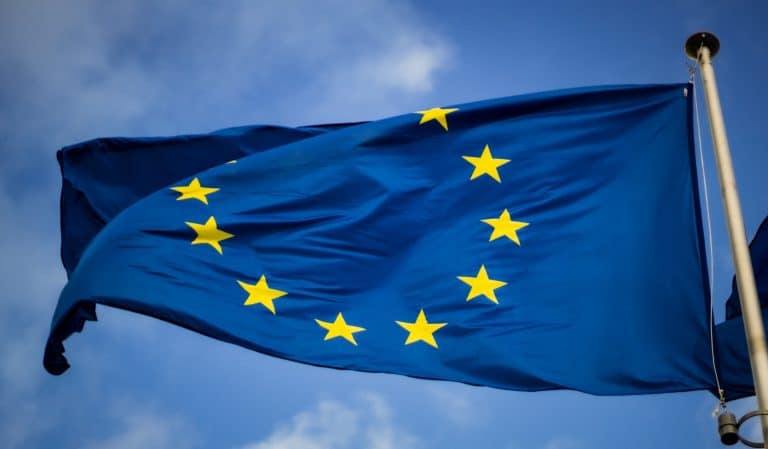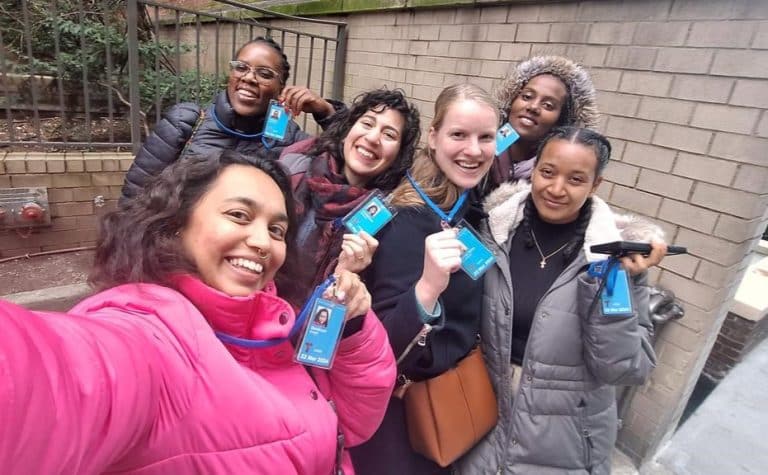If we want to achieve the Sustainable Development Goals (SDGS), we will need to do better for women and children. They are disproportionately exposed to poverty-related and neglected diseases. How can biomedical Research & Development (R&D) and policy improve this (gender) gap? Director Mariëlle Bemelmans will join a panel discussion on this topic at the event ‘Healthcare, Gender and Inclusive R&D: How can we do better for women and children?’, jointly organized by DNDi, FIND, IAVI, IPM, MMV and TB Alliance, at 7AM in The Hague on February 13th.
The Dutch government has been a leader both in funding biomedical R&D to address neglected populations as well as in supporting efforts to advance women’s and girls’ rights. It has also supported Product Development Partnerships (PDPs) in adopting alternative R&D models to attend to the specific needs of these neglected groups.
Don’t leave the most vulnerable behind
At the event, Mariëlle will discuss the importance of Dutch government funding on PDPs, funding for strengthening civil society and for SDG5 (women rights/gender), to ensure inclusivity of the communities themselves. This support is highly needed to create the right demand for health services and products that respond to people’s health needs, as well as advocacy for access, availability and acceptability once the products are on the market.
Mariëlle will also reflect on her extensive experience in countries with a high HIV prevalence when she worked for MSF. “I witnessed how in many countries in Africa we had breakthroughs with the availability of antiretrovirals in a fixed dose combination (meaning one pill per day), simplifying treatment and enhancing adherence for adults. However, child-adapted antiretroviral formulations for children living with HIV severely lacked behind. This was due to the fact that there was little market for pharmaceutical companies, and therefore research & development lacked behind as well,” Mariëlle says.
In addition to PDPs meeting specific health needs and reducing the burden for the most vulnerable, PDPs “also contribute to reducing the burden for the health system, health workers – a large part of them being women.”
Why we need to invest in alternative R&D models
For years, Wemos has worked on medicines that fulfill a medical need, for patients that need them. We think it is important to invest in other models of medical R&D, rather than the current system in which some medicines are developed or prioritized with a profit-driven mindset. Since not all products are being developed when we leave it to the market, it is important that the Dutch government invests in alternative models. PDPs are not only applicable for low- and middle-income countries; the Netherlands can benefit too. One example of an alternative R&D model is FairMedicine, a member of the Medicines Network Netherlands. Similar to PDPs, they work with the coalition model – patients, doctors, hospitals, and pharmacists develop new resources together. In addition, they are transparent about the costs and acceptable profits, enabling them to provide access to safe, effective and affordable medicines for everyone.




